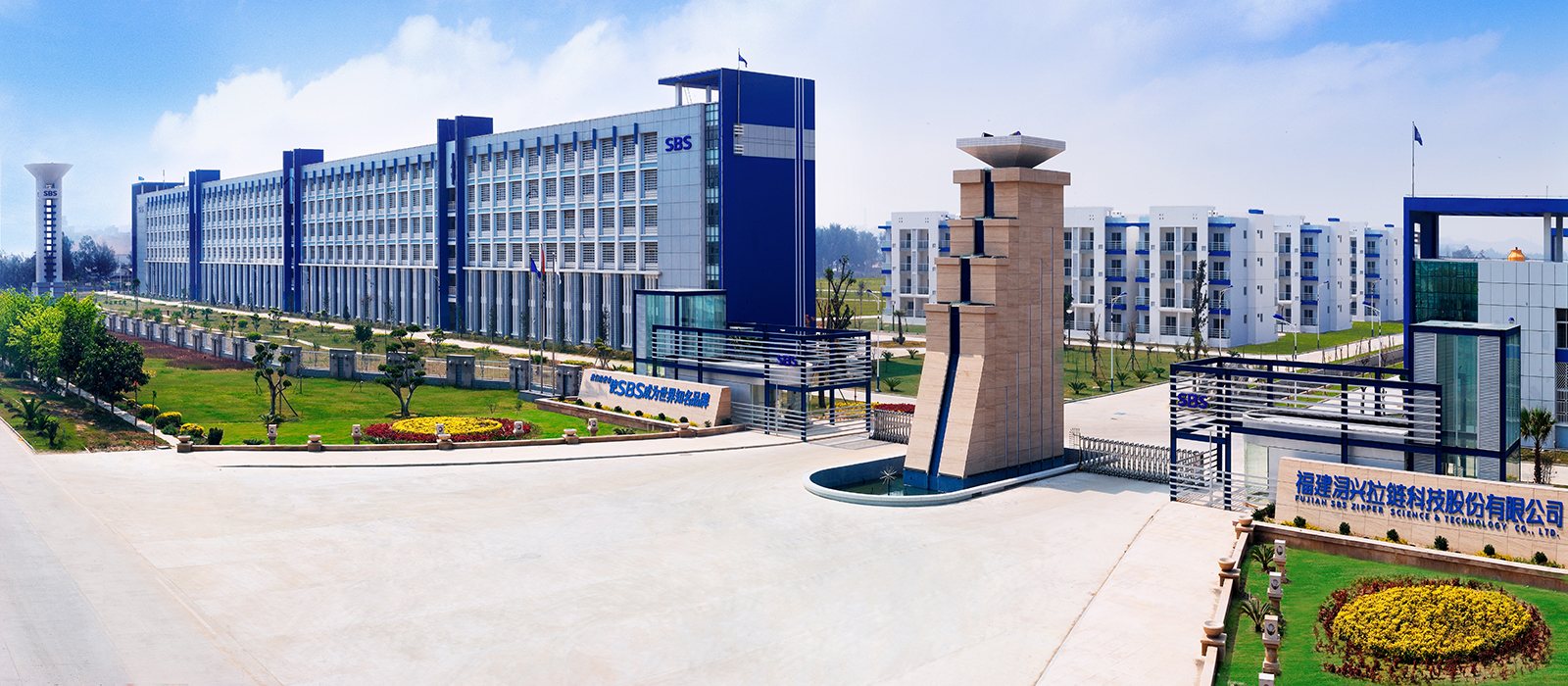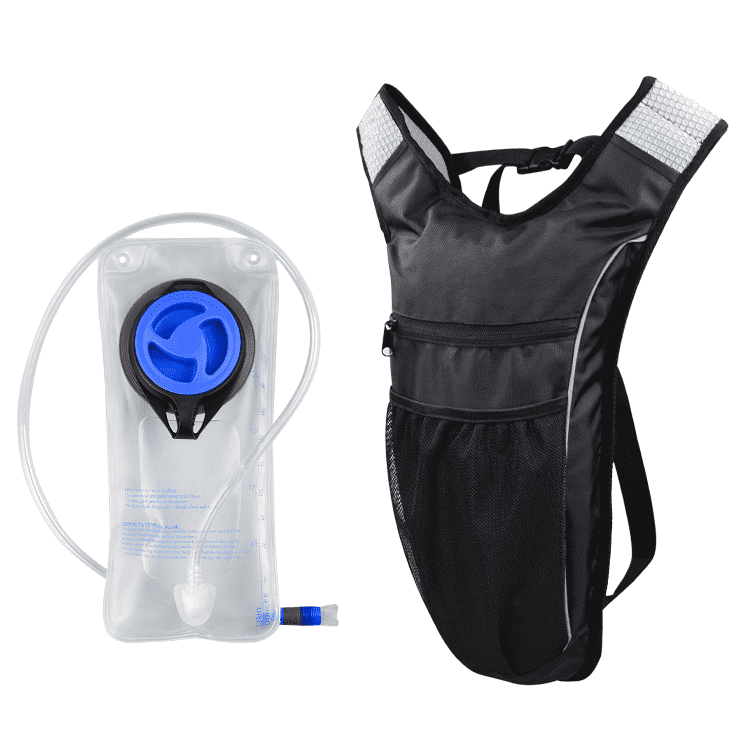
Outdoor essential - water bladder
Whether we are hiking, cycling, running, or hiking, replenishing water during the journey is something we must be prepared for. Only when you have replenished enough water can you have the motivation to continue moving forward. Many runners like to drink from a soft water bottle, which they can stuff into their backpack pocket or place on the bicycle frame. But in our opinion, nothing is more convenient to use than a water bladder.
Do you know about the design and production of water bladder?
The design of water bladders includes the following points:
Shape and capacity: water bladders are usually designed to be flat and rectangular, making it easy to fit into a backpack. They have various capacities, ranging from 1 liter to 3 liters or more.
Material: water bladders are usually made of durable and flexible materials, such as TPU (thermoplastic polyurethane) or PEVA (polyethylene vinyl acetate). These materials were chosen because of their strength, odorless properties, and resistance to bacterial growth.
Opening and closing: The water bladder has a wide opening for easy filling and cleaning. They are usually equipped with nuts or sliding covers to prevent leakage.
Drinking water pipe: The bladder includes a drinking water pipe with a bite valve, allowing users to drink without having to remove the bladder from their backpack.
In terms of production, there are the following points:
Material source: High quality TPU or PEVA materials are sourced from reputable suppliers to ensure durability, safety, and compliance with health standards.
Cutting and shaping: Use automatic or manual cutting machines to cut bladder materials into appropriate sizes and shapes.
Sealing: The cut parts are thermally sealed or welded together to form a waterproof airbag. Seams and joints should be carefully sealed to prevent leakage.
Assembly: Connect the drinking pipe, bite valve, and other components to the bladder, and conduct quality control checks on the entire device.
Quality control is also required:
Leakage testing: Each water bladder undergoes a rigorous leakage testing process to ensure that there are no manufacturing defects or weaknesses.
Durability testing: Blades may undergo stress and stress testing to ensure they can withstand regular use and rough handling.
Safety standards: Manufacturers can comply with industry standards and regulations, such as the Food and Drug Administration (FDA) guidelines for materials in contact with food or water.
The use and maintenance of water bladders are also important:
Usage:
Backpack and water bladder: The water bladder can be placed in a specially designed backpack compartment or water bladder. They provide a convenient way to maintain sufficient moisture for outdoor activities such as hiking, cycling, or running.
Convenient to use: The drinking pipe and bite valve allow users to drink water anytime and anywhere without interrupting their activities.
Hygiene: The design of the water bladder facilitates cleaning and maintenance, reduces the risk of bacterial growth, and ensures a clean water supply.
Maintenance:
Cleaning: Regularly clean the bladder with warm water and mild soap. Wipe the interior with a cleaning brush and thoroughly rinse to remove any residue.
Drying: Allow the water bladder to completely dry, ensuring that there is no moisture inside to prevent mold or bacterial growth.
Storage: Store the bladder in a cool and dry place, ensuring that it is empty and free of any pollutants before long-term storage.
It is important to follow the specific instructions provided by the water bladder manufacturer to ensure the correct use, maintenance, and lifespan of the product.
With this understanding, is it very convenient to use water bladders?Of course, water bladders have a wide range of uses!
Outdoor Recreation:
Hiking and Camping: Water bladders are popular among hikers and campers for their convenience and hydration on the go. They can easily fit into backpacks and allow users to stay hydrated during their outdoor adventures.
Cycling and Biking: Water bladders are commonly used by cyclists and bikers, either integrated into their backpacks or mounted on their bicycles. They provide hands-free access to water while on the move.
Running and Sports: Water bladders are used by athletes, runners, and sports enthusiasts who require hydration during their activities. They can be easily carried in hydration vests or belts.
Military and Tactical Applications:
Military Operations: Water bladders are extensively used by military personnel in the field to ensure a reliable water supply during missions. They can be integrated into backpacks or attached to tactical vests.
Law Enforcement: Police and other law enforcement agencies may use water bladders as part of their gear during operations or long shifts.
Emergency Preparedness and Disaster Relief:
Natural Disasters: Water bladders play a crucial role in emergency situations where clean water supply is limited or disrupted due to natural disasters like hurricanes, earthquakes, or floods. They can be quickly deployed to provide safe drinking water to affected populations.
Humanitarian Aid: In humanitarian crises, water bladders are used to transport and store water for distribution to refugees, displaced communities, or areas with limited infrastructure.
Industrial and Commercial Use:
Construction Sites: Water bladders are used on construction sites where a temporary water supply is needed for various purposes, such as mixing concrete, dust control, or general site cleaning.
Agriculture and Irrigation: Water bladders can be utilized in agricultural settings for irrigation purposes, providing a flexible and portable water storage solution for crop watering.
Remote Work Sites: Industries working in remote locations or off-grid sites often rely on water bladders to ensure a sufficient water supply for workers.
Medical and Healthcare:
Field Hospitals and Mobile Clinics: Water bladders may be used in field hospitals or mobile clinics to provide a clean water source for medical procedures, sanitation, or patient care.
Emergency Medical Services: Ambulance services and emergency medical teams may carry water bladders to ensure an adequate water supply for patient hydration or medical procedures in emergency situations.
It's important to note that the specific usage of water bladders may vary depending on the needs and requirements of the particular industry or activity.
SIBO BAGS & SUITCASES FITTINGS CO. , LTD---More than 10 years experience in making the hydration bladders and water bladder.Having a lot of products patents.
● we had our own dust-free workshop automatic production line for water bottle,water bladder, hydration bladder, and soft cooler to provide customers with more choices and diversified services.
● We have our own R&D department to provide you with product customization services. There are also national-level professional laboratories, and all products including raw materials have been tested. At the same time, it is equipped with a quality department, and the finished products are checked by the quality department.
● All products of the company have passed the latest international environmental protection requirements such as national and international European Union. Such as EN71, FDA, LFGB, BPA, 6P, PAHS and some other environmental certification.


